1960s Drywall Asbestos
The once ubiquitous building material is banned or out of fashion, but still posing a public health hazard.
Homes built in the 1960s can contain various forms of asbestos products, including drywall. While some older homes have since been renovated or abated from asbestos-containing materials, many remain today. And while some laws require the removal of these materials, it may ultimately come down to where you live. Here’s what you should know about the dangers of drywall asbestos and the steps required to remove it safely.
!
If you believe that you were exposed to asbestos, even as a child, speak to a healthcare provider about tests and screening to help diagnose lung-scarring and screen for asbestos-related diseases.
Proceeding With Caution
Better safe than sorry. Erre on the side of caution. When in doubt, ask for help.
These kinds of mantras are the unwritten rules of life- rules that we tend to live by in all kinds of circumstances. But this cannot be stressed enough when it comes to asbestos and the potential for exposure risks. We use our senses far more than we realize on a moment-by-moment basis.
“Generally, those who develop asbestos-related diseases show no signs of illness for a long time after exposure.”Source: National Cancer Institute (NIH)1 |
If your home is on fire, you know that because you smell and see the smoke, you hear the crackling sound of the flames engulfing wood and other building materials, you might touch a wall or floor that is putting off heat from the nearby fire, and if you get too close to the smoke, you might actually taste it in your mouth.
These are simple, yet powerful sensory experiences that we use to evaluate both danger and pleasure. The complicated thing about asbestos, however, is that those rules don’t apply. While many asbestos-containing materials can be seen with the naked eye, it is not so with the dangerous asbestos fibers that are present within those materials. In fact, these tiny fibers are microscopic in size.
People who worked in these industries prior the mid-1980s have a higher risk of developing asbestos-related diseases:
| Construction | Factories | Foundries | Refineries | Shipyards | Mining / Milling |
| Demolition | Insulation | Steelworkers | Pipe Fitting | Shipbuilding | Mechanics |
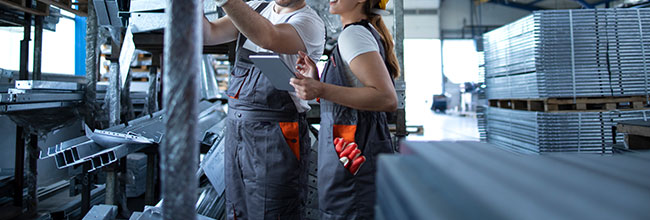 |  | 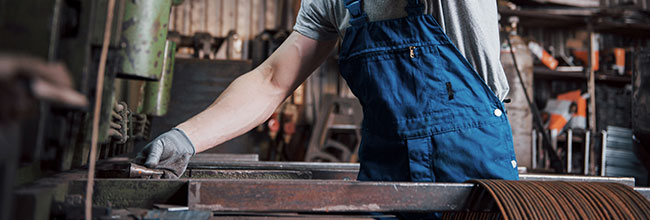 | |||
| Roofing | Textiles | Iron workers | Boilers | Firefighting | Brake Repair |
| Flooring | Cement | Electricians | Gasket Repair | Railroad | HVAC |
Unfortunately so do their families.
Asbestos fibers in drywall are tiny, have no smell or taste, and cling to virtually everything, including work clothes brought into the home.
Sometimes those living in buildings constructed of it were exposed.
The way that these fibers make their way into our bodies is by either inhaling or swallowing them, but this poses yet another sensory problem; asbestos does not have a smell or taste. So for a health risk that cannot be seen, smelled, or tasted, it is certainly appropriate to respond with the “better safe than sorry approach”.
The health risks of asbestos exposure can include:
| Mesothelioma: cancer of the mesothelium, the thin layer of tissue surrounding the body’s organs. This cancer is only known to be caused by asbestos exposure. | Lung cancer |
| Laryngeal cancer: cancer of the larynx (section of the throat called the voicebox) | Ovarian cancer |
| Stomach cancer | Colon cancer |
| Pharyngeal cancer | Asbestosis: a chronic lung disease associated with asbestos exposure |
| Chronic Obstructive Pulmonary Disease (COPD) | Atelectasis (collapsed lung) |
| Pleural effusion (collection of fluid around the lungs) | Pericardial effusion (collection of fluid around the heart) |
Unfortunately, the actual experiences of asbestos exposure do not kick in until long after these fibers have made their way into our bodies and begun to do significant damage to our organs.
This damage often results in severe illnesses and/or cancers, many of which are life-threatening. Victims of asbestos exposure can sometimes find themselves confused or perplexed because they did not work directly asbestos, at least to their knowledge. They also did not have a sensory experience years prior where they saw asbestos fibers, smelled them, or tasted them.
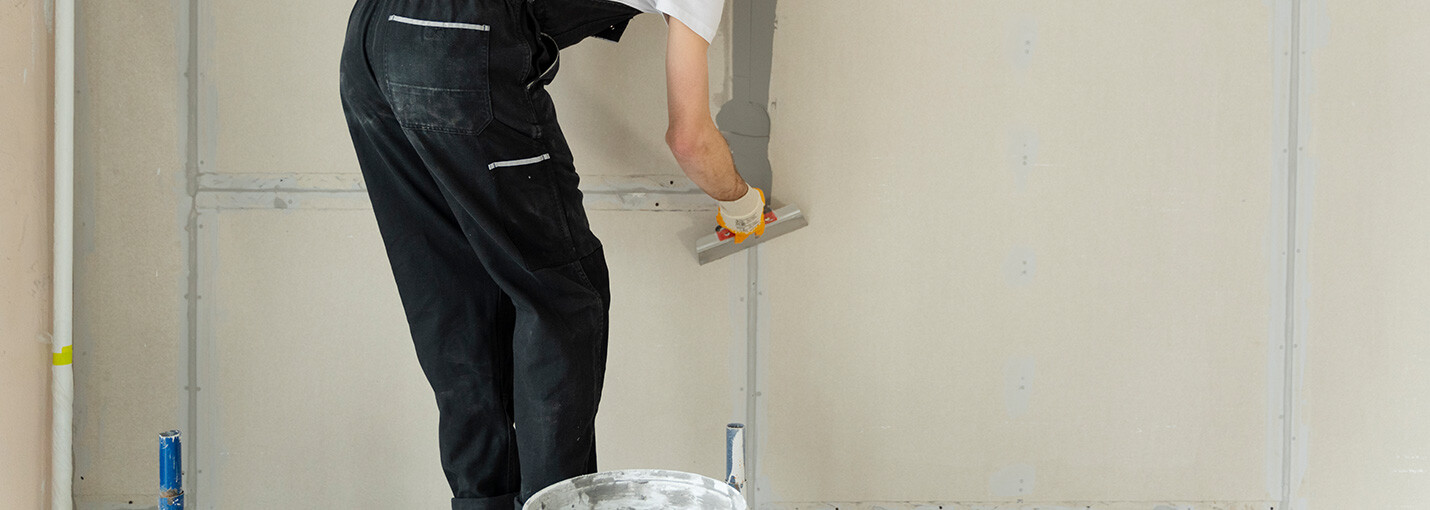
Asbestos Exposure in 1960s Drywall
Asbestos exposure risks can exist in a variety of industries and environments, and that is because of the sheer amount of usage this miracle mineral once enjoyed. The Environmental Protection Agency (EPA) states that the only way to know whether drywall contains asbestos is by having it tested. While more can be said about testing momentarily, this statement tells us something important: asbestos was once used so commonly in drywall that it is best to assume that it has asbestos, rather than not.
Decorative and Strengthening Applications of Asbestos Drywall
Asbestos can be found in materials in a variety of colors and shapes, and this is true for drywall as well. One of the more familiar uses of asbestos in the drywall industry includes the popcorn ceiling coatings that were very popular in the 1960s and 1970s.
In some cases, these coatings contained as much as 10% asbestos overall! However, that is just one example of asbestos in drywall. Asbestos was also used in the gypsum boards used in drywall installation.
“All forms of asbestos are carcinogenic to humans.” 2
Asbestos was used in drywall for several reasons:
Asbestos is fibrous, meaning that it added strength and shaping durability to gypsum boards
Asbestos is water-resistant, making gypsum board stronger in high-moisture areas
Asbestos is fire-resistant, providing gypsum boards with resistance to damage
Asbestos is an insulator, meaning that gypsum boards had a great deal of insulation properties which cut down on the need for using additional insulation.
Asbestos was a strength-building agent in both exterior and interior plasters, making it
The fact that these drywall boards are often in excellent shape today speaks to the impressive durability qualities that made asbestos a go-to material in the first place. However, this does not mean, despite the name “asbestos” that they are indestructible. It is when these boards are damaged that the real exposure threat is elevated.
Asbestos has no taste or smell.
You may not know you’re breathing it.

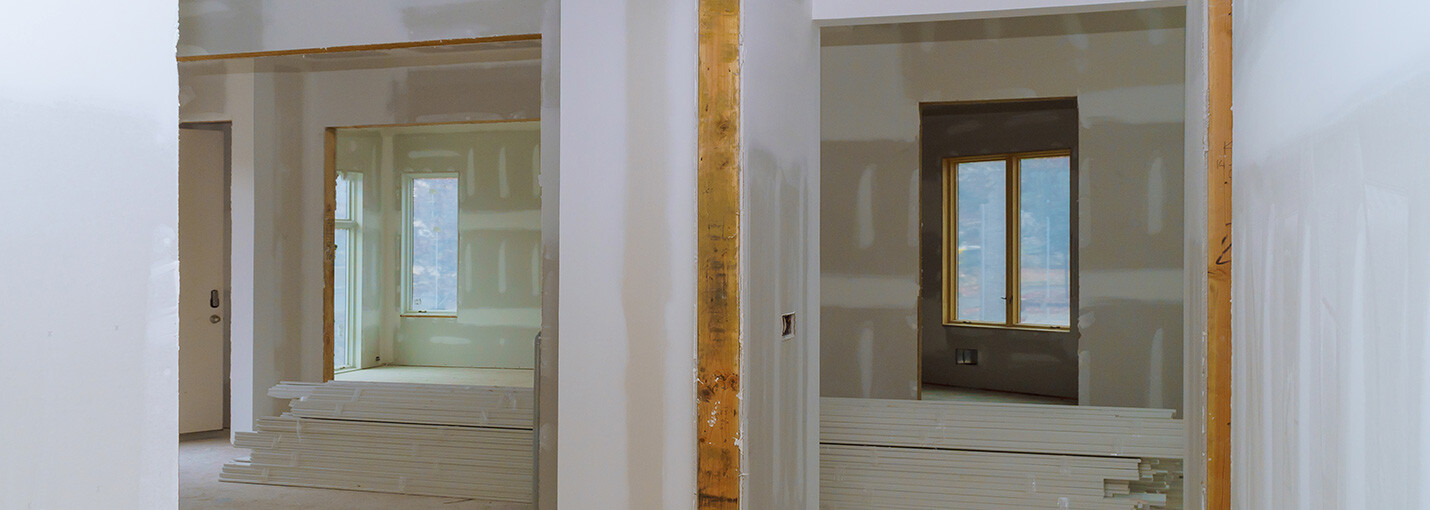
Renovation, Removal, and Remediation of Asbestos Drywall
The first instinct for suspecting that your home contains drywall asbestos is to begin the prep work for tackling an extensive DIY project or scheduling a vacation that lines up with a drywall company’s availability to come in, tear everything out- end of problem. However, both of these options can potentially cause more problems than they fix.
| Asbestos is highly resistant to heat, pressure and corrosion, so it was used in many products, vehicles and buildings. In particular, many workplaces like factories, refineries, foundries and shipyards involve high amounts of heat, and were built with a lot of asbestos. | |||
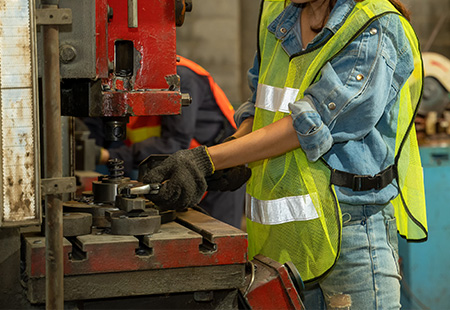 | 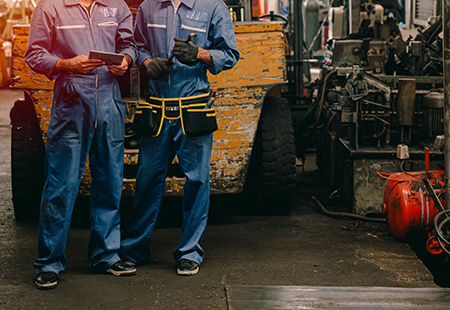 |  | 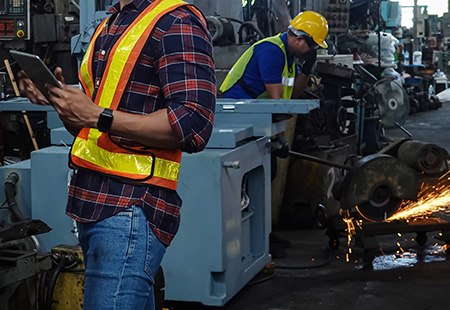 |
Use a Pro for Asbestos Abatement
First, the endeavor to remove asbestos-containing materials will always carry the risk of further spreading and contamination. Remember, asbestos fibers are invisible to the naked eye, and they are notorious for being transported on tools and clothing from one place to another. In your own efforts to remove drywall asbestos from your home, you might simply spread it around even more.
Once the tiny fibers are airborne, they can still be present in your home, even after the last gypsum board is hauled out. While going with a drywall company for this job may keep you out of harm’s way, it puts those workers at risk (and you at legal risk), along with the same outcome of asbestos fibers being spread around even more.
“The overall evidence suggests there is no safe level of asbestos exposure.”Source: National Cancer Institute (NIH)3 |
Staying safe in the face of potential asbestos exposure
Maintaining “better safe than sorry” means that the first step is to test and determine once and for all whether you have drywall asbestos in your home and whether there is a risk of exposure present. At this point, the safest option to mitigate exposure and contamination is to go with a licensed professional.
“Some asbestos fibers may bypass…your body’s natural defenses…and lodge deep within your lungs. Those fibers can remain in place for a very long time and may never be removed.”Source: American Lung Association |
Getting an audit from a licensed asbestos abatement company
Asbestos abatement companies can begin by conducting an audit. While that may sound like a scary and potentially legal liability phrase, it simply means that a licensed company will perform an inspection and test whether there are asbestos fibers present in the area or on the material sample. Best of all, licensed abatement companies can also provide you with the safe removal and law-compliant disposal of asbestos materials, protecting your health and legal liability in the process.
AsbestosClaims.Law
Asbestos claims aren’t just a day in the office for Justinian C. Lane.
They’re a mission.
In the past, workers exposed to asbestos were kept in the dark about the dangers of asbestos exposure. Among those workers were Justinian’s grandparents and his own father.
Unfortunately, they were also kept in the dark about the compensation options available to them, such as asbestos lawsuits and trust funds. In their later years, they died from asbestos-related cancers.
Because no one in Justinian’s family knew their options, they never received any compensation for the death of their loved ones.
Today, we’re working to turn the tide.
Significant compensation may be available to you if you have contracted an asbestos-related illness or injury. This includes workers as well as family members who have been exposed.
Compensation is your key to receiving the medical treatment you need, funding asbestos removal services, and maintaining your physical well-being.
Want to know one of the quickest and easiest ways to receive compensation? Let us talk to you about asbestos trust claims. This option can often avoid lawsuits altogether.
We want to hear your story, and more importantly, we want to bring redemption to it.
Need help filing a claim? No problem, you can email us at [email protected].
Would you rather talk over the phone? Simply call or text us, at (206) 455-9190.
You won’t pay a penny to us unless you receive money first, so there’s no risk.
In addition to legal claims, veterans disability, social security and employment protection like workers compensation, FELA and The Jones Act for maritime workers, there are asbestos trusts that have been set up to compensate those harmed by asbestos without having to file a lawsuit.
The dangers of asbestos used to be an industry-guarded secret kept from suffering people like Justinian’s family. Not anymore. We’re bringing you the truth.
We’ve created numerous resources to help answer your questions and empower you with the information you need to know and act on.
Our website has a wealth of information dedicated to things like health and safety, asbestos testing, asbestos removal, and legal information about compensation for asbestos injuries.
Are you a visual learner? No problem!
Our YouTube page has infographics, an asbestos history series, and other helpful resources for you to check out!
| Not sure where or when you were exposed to asbestos? Let W.A.R.D. help you! The Worldwide Asbestos Research Database (W.A.R.D) is the largest asbestos information database, period. If you need answers related to specific locations, products, or what type of compensation may be available to you due to asbestos exposure, W.A.R.D. is the place to start. |
Working with us is risk-free. Unless you receive compensation money, there are NO FEES! Speak to us about asbestos litigation today.
1 National Cancer Institute (NIH), Asbestos Fact Sheet.
2 IARC Working Group on the Evaluation of Carcinogenic Risks to Humans. Arsenic, metals, fibres, and dusts. IARC Monographs on the Evaluation of Carcinogenic Risks to Humans. 2012 ;100(Pt C):11-465. PMID: 23189751.
3 National Cancer Institute (NIH), Asbestos Fact Sheet.